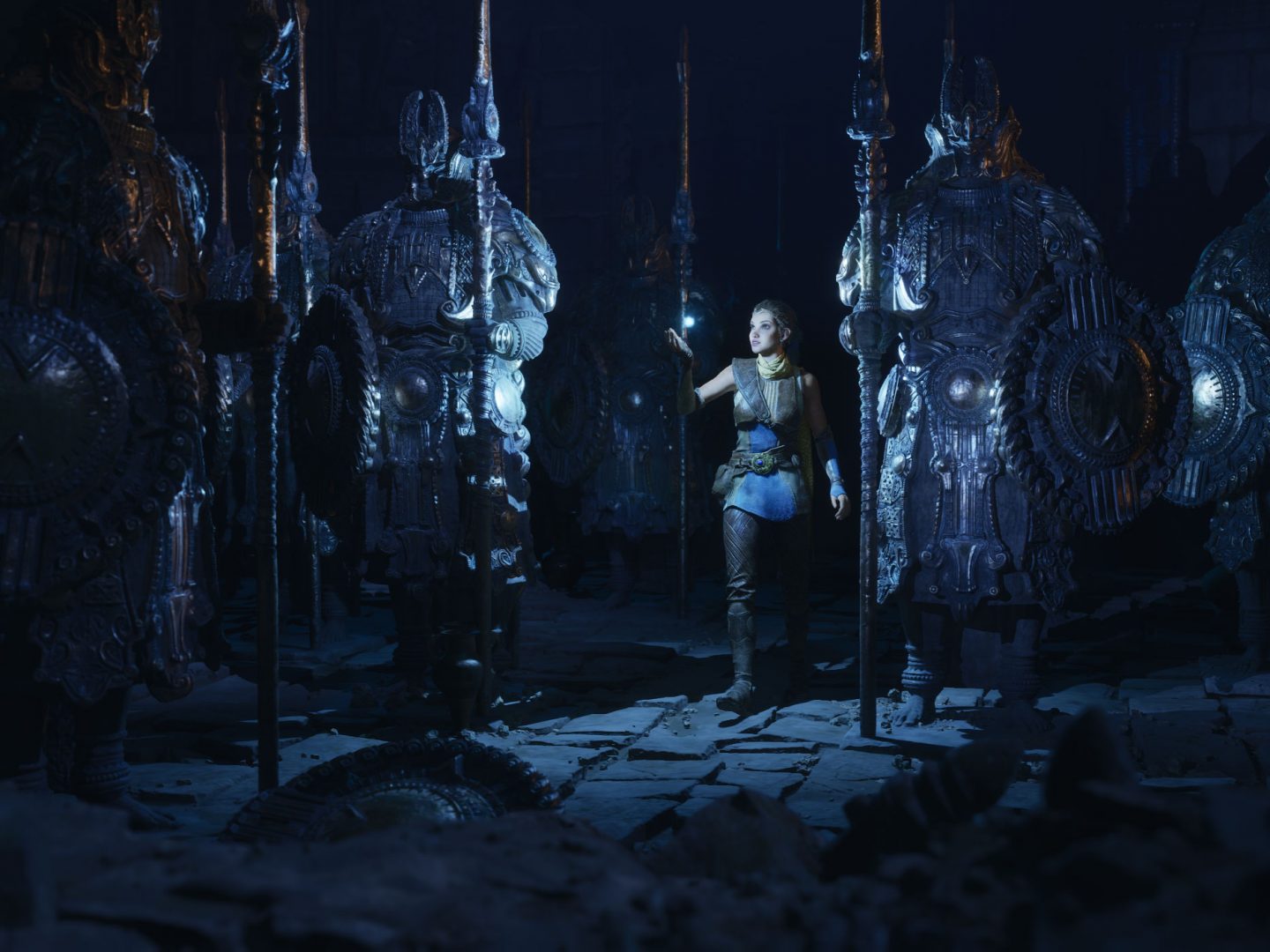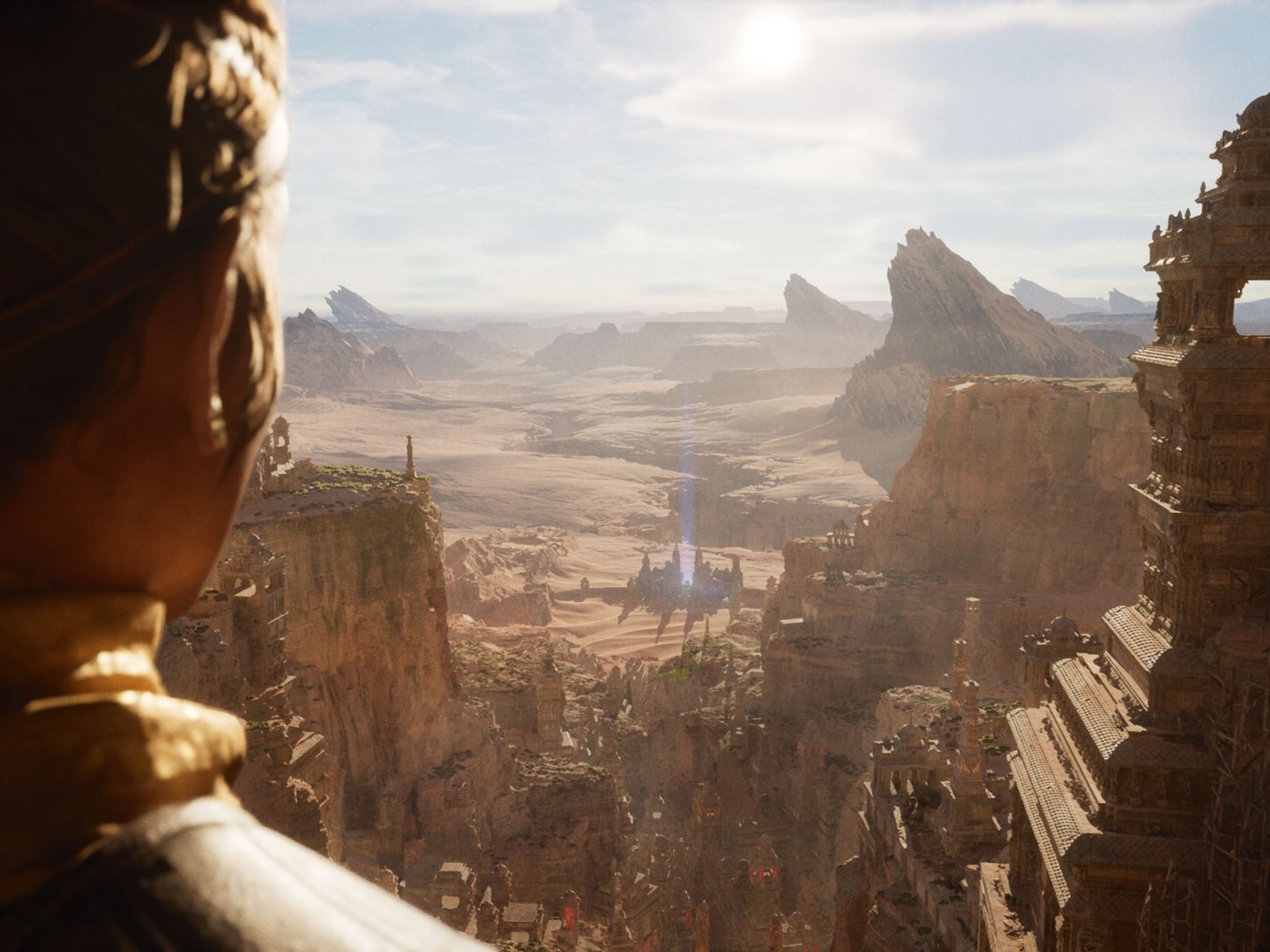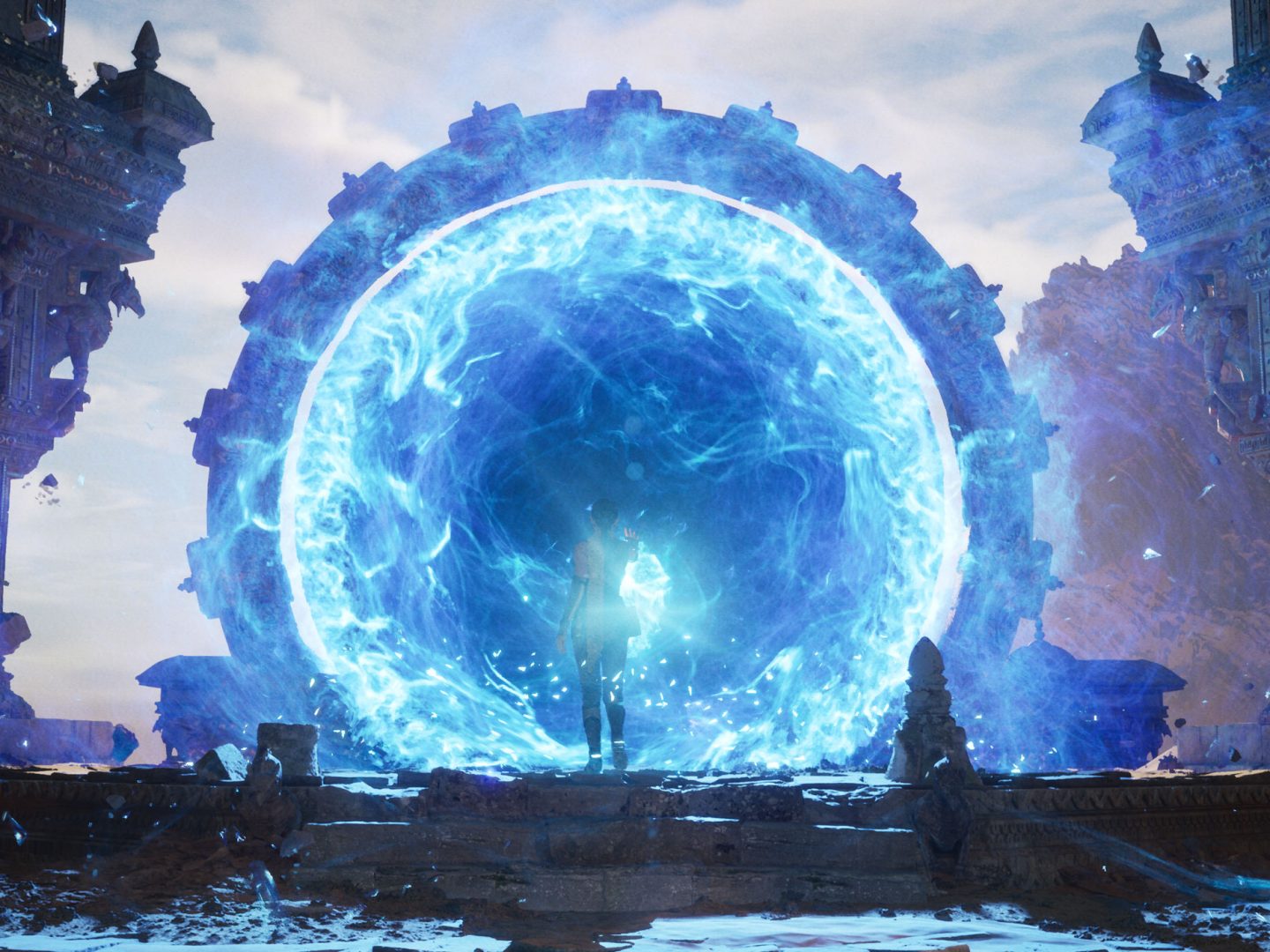A first look at Unreal Engine 5Unreal V Empowers artists to achieve unprecedented levels of detail and interactivity, and brings these capabilities within practical reach of teams of all sizes through highly productive tools and content libraries. Source: Unreal Unreal Fest Online 2020 | Unreal Engine 1 / 8 1 / 8 Join Technical Director of Graphics Brian Karis and Special Projects Art Director Jerome Platteaux (filmed in March 2020) for an in-depth look at “Lumen in the Land of Nanite” – a real-time demonstration running live on PlayStation 5 showcasing two new core technologies that will debut in UE5: Nanite virtualized micropolygon geometry, which frees artists to create as much geometric detail as the eye can see, and Lumen, a fully dynamic global illumination solution that immediately reacts to scene and light changes. Also present in the demo are next-gen features already available in Unreal Engine 4.25, such as Niagara VFX improvements, Chaos physics and destruction, animation system enhancements, and audio advancements. Unreal Engine 4.25 also includes support for next-gen consoles. We’ve just released a first look at Unreal Engine 5. One of our goals in this next generation is to achieve photorealism on par with movie CG and real life, and put it within practical reach of development teams of all sizes through highly productive tools and content libraries. Introducing “Lumen in the Land of Nanite,” a real-time demo running live on PlayStation 5: This demo previews two of the new core technologies that will debut in Unreal Engine 5: Nanite virtualized micropolygon geometry frees artists to create as much geometric detail as the eye can see. Nanite virtualized geometry means that film-quality source art comprising hundreds of millions or billions of polygons can be imported directly into Unreal Engine—anything from ZBrush sculpts to photogrammetry scans to CAD data—and it just works. Nanite geometry is streamed and scaled in real time so there are no more polygon count budgets, polygon memory budgets, or draw count budgets; there is no need to bake details to normal maps or manually author LODs; and there is no loss in quality. This demo previews two of the new core technologies that will debut in Unreal Engine 5: Nanite virtualized micropolygon geometry frees artists to create as much geometric detail as the eye can see. Nanite virtualized geometry means that film-quality source art comprising hundreds of millions or billions of polygons can be imported directly into Unreal Engine—anything from ZBrush sculpts to photogrammetry scans to CAD data—and it just works. Nanite geometry is streamed and scaled in real time so there are no more polygon count budgets, polygon memory budgets, or draw count budgets; there is no need to bake details to normal maps or manually author LODs; and there is no loss in quality. Lumen is a fully dynamic global illumination solution that immediately reacts to scene and light changes. The system renders diffuse interreflection with infinite bounces and indirect specular reflections in huge, detailed environments, at scales ranging from kilometers to millimeters. Artists and designers can create more dynamic scenes using Lumen, for example, changing the sun angle for time of day, turning on a flashlight, or blowing a hole in the ceiling, and indirect lighting will adapt accordingly. Lumen erases the need to wait for lightmap bakes to finish and to author light map UVs—a huge time savings when an artist can move a light inside the Unreal Editor and lighting looks the same as when the game is run on console. Numerous teams and technologies have come together to enable this leap in quality. To build large scenes with Nanite geometry technology, the team made heavy use of the Quixel Megascans library, which provides film-quality objects up to hundreds of millions of polygons. To support vastly larger and more detailed scenes than previous generations, PlayStation 5 provides a dramatic increase in storage bandwidth. The demo also showcases existing engine systems such as Chaos physics and destruction, Niagara VFX, convolution reverb, and ambisonics rendering. Unreal Engine 4 & 5 timeline
Unreal Engine 4.25 already supports next-generation console platforms from Sony and Microsoft, and Epic is working closely with console manufacturers and dozens of game developers and publishers using Unreal Engine 4 to build next-gen games. Unreal Engine 5 will be available in preview in early 2021, supporting next-generation consoles, current-generation consoles, PC, Mac, iOS, and Android. We’re designing for forward compatibility, so you can get started with next-gen development now in UE4 and move your projects to UE5 when ready. We will release Fortnite, built with UE4, on next-gen consoles at launch and, in keeping with our commitment to prove out industry-leading features through internal production, migrate the game to UE5 in mid-2021. Unreal Engine royalties waived on first $1 million in game revenue Starting today, you can download and use Unreal Engine to build games for free as you always have, except now royalties are waived on your first $1 million in gross revenue. The new Unreal Engine license terms, which are retroactive to January 1, 2020, give game developers an unprecedented advantage over other engine license models. For more information, visit the FAQ. Epic Online Services have launched! Friends, matchmaking, lobbies, achievements, leaderboards, and accounts: we built these services for Fortnite, we launched them across seven major platforms – PlayStation, Xbox, Switch, PC, Mac, iOS, and Android. Now we’re opening up Epic Online Services to all developers FOR FREE in a simple multiplatform SDK! Mix and match these services together with your own account services, platform accounts, or Epic Games accounts, which reach the world’s largest cross-platform social graph with over 350 million players and their 2.2 billion friend connections across half a billion devices. UPDATE: Learn more about the future of Unreal Engine by watching “Unreal Engine for Next-Gen Games” and more presentations here. |








